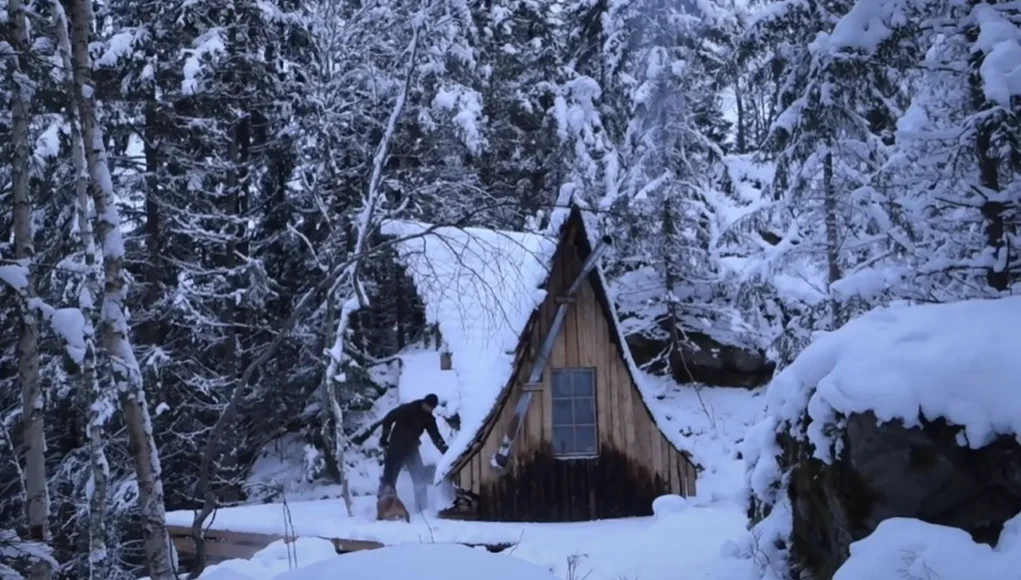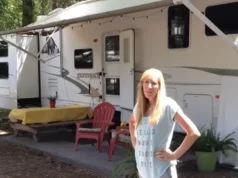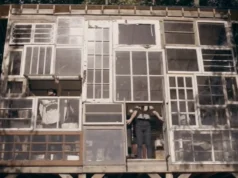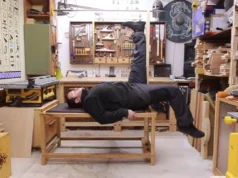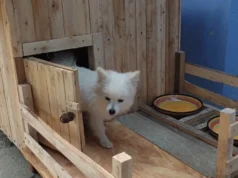Building a cabin in the woods is a dream for many who yearn for peace, self-sufficiency, and a return to nature. The process of cabin building offers not just an escape from the daily grind but also a fulfilling project where you can craft something with your own hands. In this guide, we’ll walk through every step of cabin building, focusing on how to use local resources to create a beautiful, sustainable retreat in the wilderness.
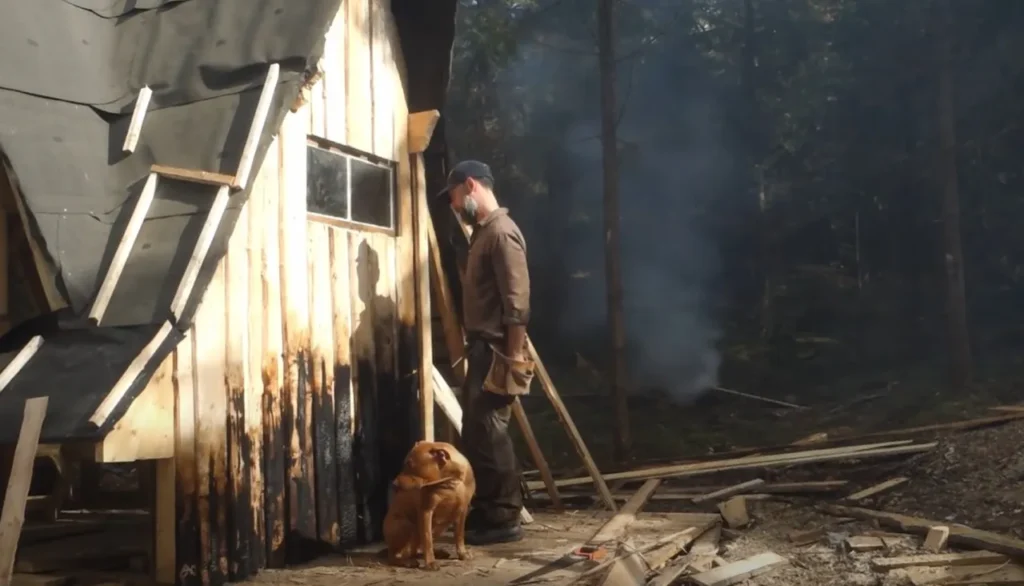
Embracing Nature with Your Cabin Build
The idea of building a cabin taps into the desire to escape the daily grind and reconnect with nature. Constructing your own space from natural resources offers an authentic experience that’s rooted in simplicity and sustainability. In today’s fast-paced world, having a wilderness retreat allows you to slow down and enjoy life’s quiet moments.
Building Your Cabin with Local Materials
One of the core principles of cabin building is to use local resources. This not only reduces your environmental footprint but also helps the cabin blend seamlessly into the landscape. Harvesting trees from nearby hillsides ensures that your structure has an organic feel. The wood you use will also be perfectly suited to withstand local weather conditions.
Using a portable sawmill to cut and plane your own wood gives you full control over the quality of the lumber. This ensures that every board is cut to the right size and thickness for your needs, giving your cabin the strength and durability required for long-term use.
Preparing the Building Site
Before any actual construction begins, choosing the right site is crucial. Start by clearing the land and leveling the ground, ensuring that the foundation will sit on a solid, stable base. A well-prepared site is the key to a successful build, as it prevents future issues like uneven floors or structural instability.
Once the ground is cleared, it’s time to lay the foundation. You can use concrete piers, blocks, or treated wood posts to support the cabin. A solid foundation ensures that your cabin is protected from moisture and soil shifting over time. Paying attention to detail here is vital, as a level foundation is critical to preventing sloping floors or misaligned walls later on.
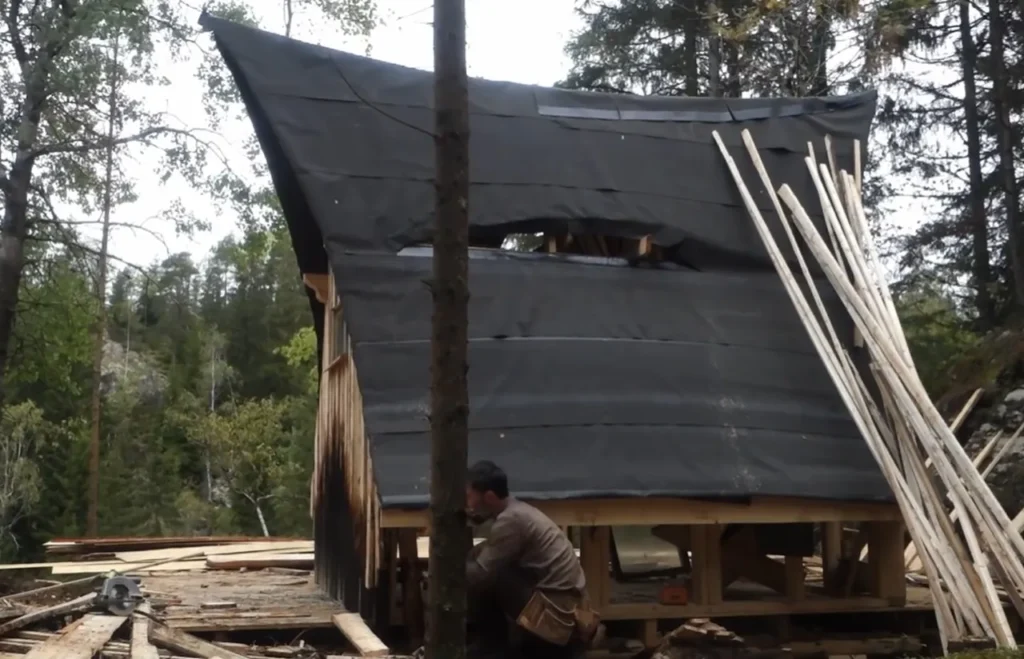
Constructing the Cabin
Now that the foundation is set, the next step is to start building the cabin. The first priority is ensuring that the floor and walls are perfectly aligned. If the foundation is level, the rest of the structure will follow suit.
Constructing the walls at a 90-degree angle to the floor helps maintain the cabin’s structural integrity. Misaligned walls lead to issues with the roof, windows, and doors, so precision is key. Once the frame is up, cover the exterior with wood siding. This siding not only adds an attractive finish but also provides durability against the elements. Properly treated wood will weather storms and seasons, ensuring your cabin lasts for years.
Building a cabin is more than just a construction project—it’s a journey of learning, patience, and craftsmanship. Using local materials, such as wood harvested from nearby forests, ensures that your cabin blends naturally with its surroundings while being cost-effective. The importance of a solid foundation and careful construction techniques cannot be overstated; they provide stability and long-term durability.
The process of building a cabin by hand offers more than just a physical result. It gives you a personal sense of accomplishment and the satisfaction of knowing that each log, nail, and board was placed with care. Your cabin becomes more than just a retreat—it’s a symbol of self-reliance, peace, and a return to simpler living. The memories made during the building process and the quiet moments spent in your completed cabin will stay with you forever.


